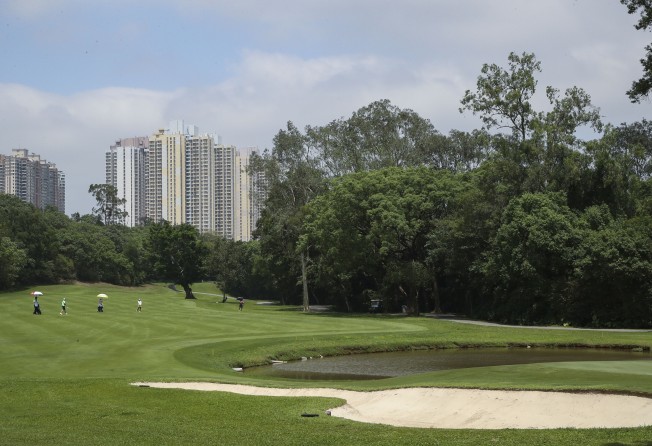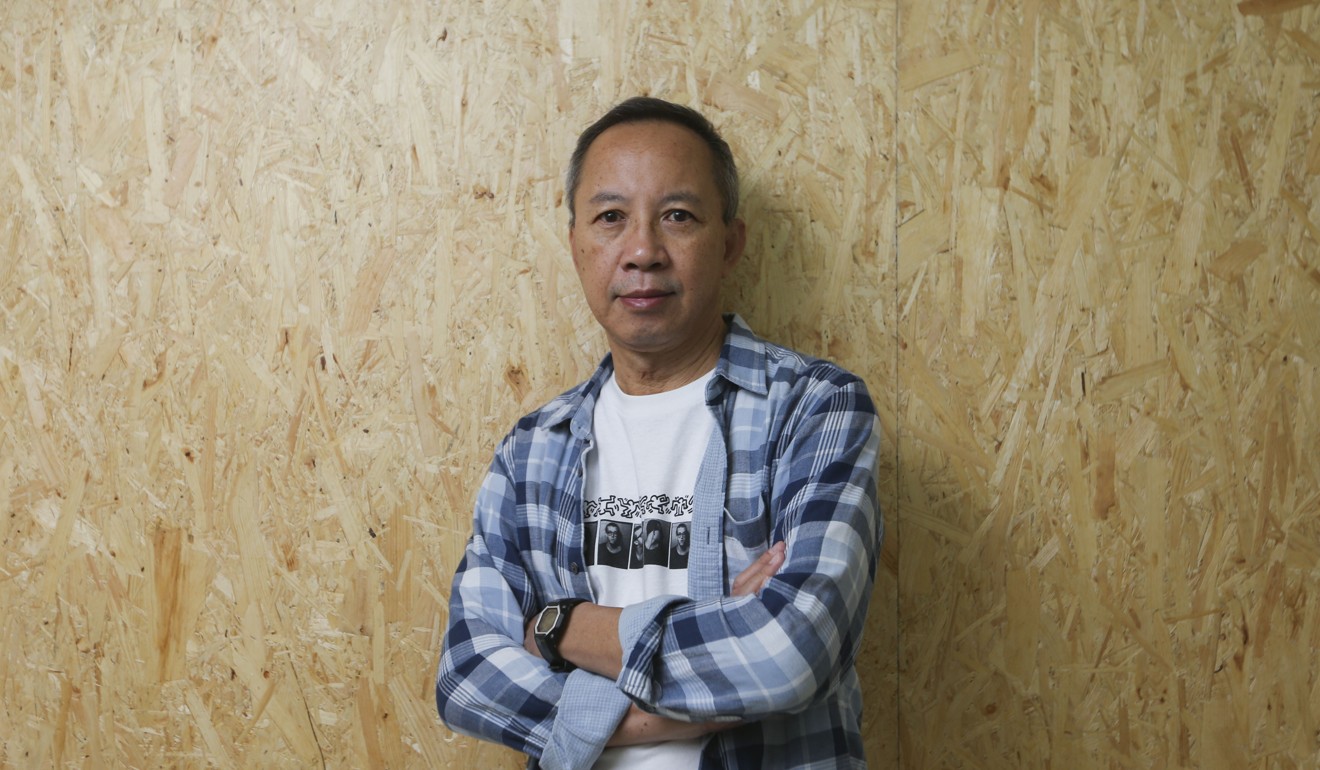
Hong Kong task force’s eight options to free up land: can they overcome myriad hurdles?
- Housing and land supply are among the most contentious issues in the city and there are divergent views among different stakeholders

A Hong Kong government-appointed task force is adamant the eight options it shortlisted to resolve the city’s land supply problems are endorsed by most of the city’s residents, but the difficulties in implementing them are here to stay in the coming years despite the mandate they won during a high-profile consultation exercise.
Unveiling the task force’s report on Monday afternoon, the chairman of the panel, Stanley Wong Yuen-fai, said it was time to put aside controversy over land supply issues and move forward.
But housing and land supply are among the most contentious issues in Hong Kong and there are divergent views among different stakeholders.

Task force member Ho Hei-wah warned it could be wishful thinking that options with strong public backing would overcome resistance when they were put into practice.
Taking as an example the development of brownfield sites – degraded farmland occupied by polluting businesses – he said he expected opposition to the move would persist with a lengthy process of land resumption and relocation of the companies.
“Those people who support the idea today may sit idly, rather than coming to the government’s defence, if there is resistance to the resumption of brownfield sites in future,” he said.
The option was the most popular among the 18 put forward by the panel in the five-month consultation. A telephone survey commissioned by the task force in August found 79 per cent of 3,000 respondents backed the idea.

Other options recommended by the task force included using part of the golf course in Fanling, reclamation, and utilising private farmland under a public-private partnership.
A government source said public support for some options for boosting land supply might not help much in making the government’s life easier in implementing them.
“About 50 hectares of brownfield sites in the northeast New Territories are now occupied by small-scale factories run by ageing operators,” the source said. “We can expect a certain degree of public outcry in the process of land resumption.”
Ho, also the director of the Society for Community Organisation which fights for the rights of grass-roots people, said he was not optimistic that Hong Kong’s housing crisis would be resolved in the next 10 years.
“For residents living in subdivided flats and caged homes, I feel ashamed of our failure to come up with measures to address their housing needs in the short-run,” he said.

Economist Andy Kwan Cheuk-chiu, director of the ACE Centre for Business and Economic Research, also said the task force had failed to “deliver its homework” in coming up with short-term measures to address the housing needs of low-income families.
The task force had put forward two options for the Fanling golf course: either developing a 32-hectare site, known as the Old Course, into 4,600 flats, or using the whole 170 hectares for 13,000 flats. It eventually recommended the option of partial development. Ho said the task force’s suggestion was a compromise among members in light of opposition from the rich and powerful.
Kwan said: “The government should take back the whole golf course for residential development. It doesn’t make too much sense for the task force to propose the option of partial development which could only provide a few thousand flats.”

Anthony Wu Ting-yuk, another task force member, said the panel’s biggest achievement was to raise awareness over the land shortage and the acute need to create more space.
But Professor Lui Tai-lok, vice-president of the Education University of Hong Kong and director of its Academy of Hong Kong Studies, said there was a public perception that the consultation mainly focused on quantity of supply but there was a dearth of discussion on what to do with the new land.
“It appears that nearly all newly created land would be used for building flats and there was not much discussion on whether some should be provided for recreational and new industries at a more affordable price,” Lui said.
The task force also had little room to manoeuvre in its consultation exercise. It came under criticism in February last year for scrapping from consultation a potential option of some 2,700 hectares of land under the People’s Liberation Army for development.
The panel had also publicly followed government lines, including saying Hong Kong’s future would depend on reclamation.